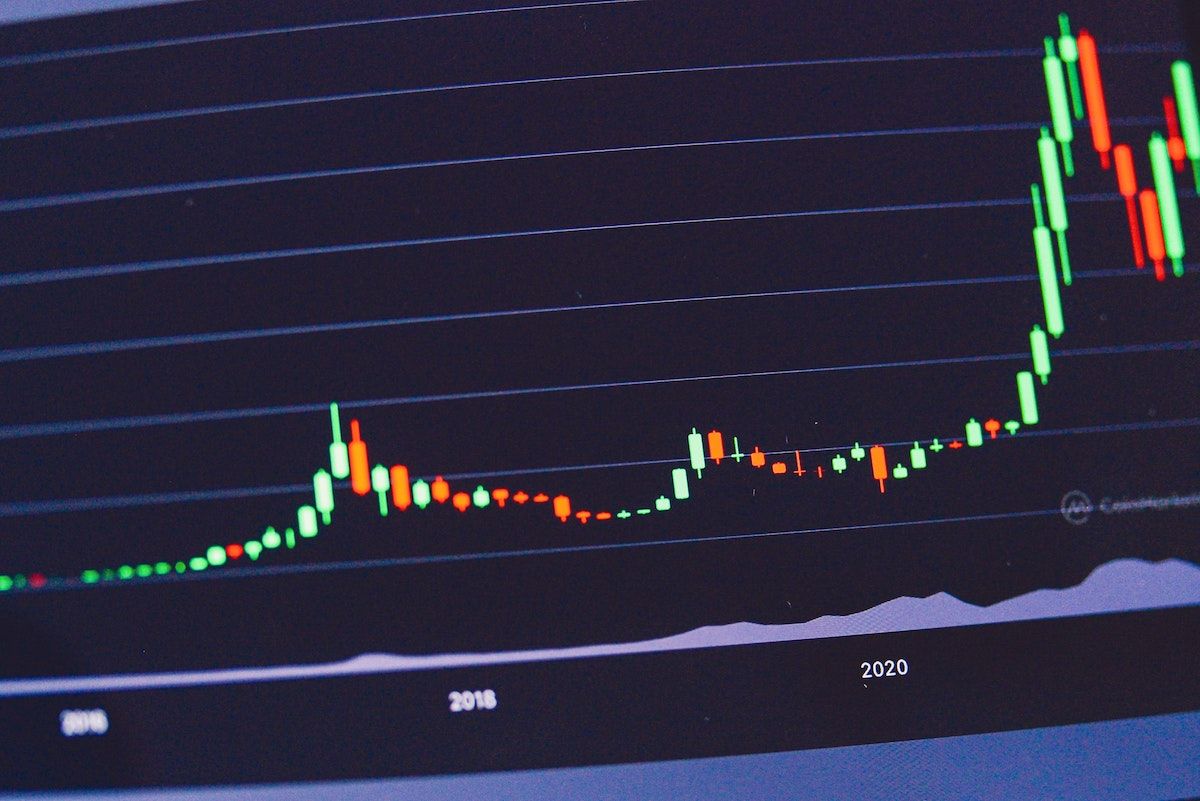The Chinese Yuan Hits 18-Year Low Against the US Dollar: A Sign of Escalating Trade War Tensions
On April 10, 2025, the Chinese yuan (CNY) experienced its lowest level against the US dollar (USD) in the past 18 years. This significant depreciation came amidst the ongoing trade war between the world’s two largest economic powers, China and the United States.
Background of the Trade War
The trade war between China and the US began in 2018 when the US imposed tariffs on Chinese imports, citing concerns over intellectual property theft and unfair trade practices. China retaliated with tariffs on US imports. Since then, both sides have escalated the conflict, imposing increasingly higher tariffs on each other’s goods.
The Role of Currency in the Trade War
Currency plays a crucial role in trade wars. A weaker currency makes exports cheaper and more competitive, making it easier for a country to sell its goods on the global market. Conversely, a stronger currency makes exports more expensive, making them less competitive. In this context, China’s decision to let the yuan weaken against the dollar can be seen as a response to the US tariffs and a bid to make Chinese exports more competitive.
Impact of the Yuan Depreciation on China
The yuan’s depreciation will have several implications for China. It will make Chinese exports cheaper for foreign buyers, potentially increasing China’s exports and helping to mitigate the negative impact of US tariffs. However, it will also make imports more expensive for Chinese consumers, leading to higher inflation and potentially reducing consumer spending. Additionally, a weaker yuan may lead to capital outflows as investors seek to take advantage of the currency depreciation.
Impact of the Yuan Depreciation on the World
The yuan’s depreciation will have ripple effects on the global economy. It may lead to a repricing of global assets, with investors seeking to take advantage of the cheaper Chinese exports. This could lead to increased demand for commodities, particularly those used in Chinese manufacturing. However, it may also lead to increased inflation in countries that are heavily reliant on Chinese imports, such as the European Union and the United States.
Conclusion
The Chinese yuan’s depreciation against the US dollar is a significant development in the ongoing trade war between China and the US. It reflects the escalating tensions between the two economic giants and the increasing use of currency as a weapon in the trade conflict. The implications of this development for China and the world are complex and far-reaching, and will depend on how other countries respond to the yuan’s depreciation. As the trade war continues to unfold, it is essential that governments and businesses remain vigilant and adapt to the changing economic landscape.
- The Chinese yuan hit its lowest level against the US dollar in 18 years on April 10, 2025.
- This depreciation came amidst the ongoing trade war between China and the US.
- Currency plays a crucial role in trade wars, with a weaker currency making exports cheaper.
- China’s decision to let the yuan weaken against the dollar is a response to US tariffs and a bid to make Chinese exports more competitive.
- The yuan’s depreciation will have implications for China, including increased exports and higher inflation.
- The yuan’s depreciation will also have ripple effects on the global economy, potentially leading to increased demand for commodities and inflation in countries reliant on Chinese imports.
- Governments and businesses must remain vigilant and adapt to the changing economic landscape as the trade war continues to unfold.





